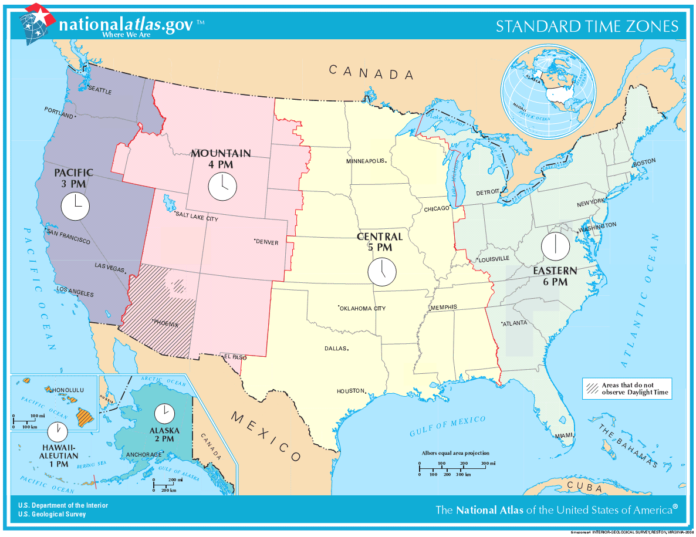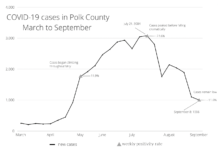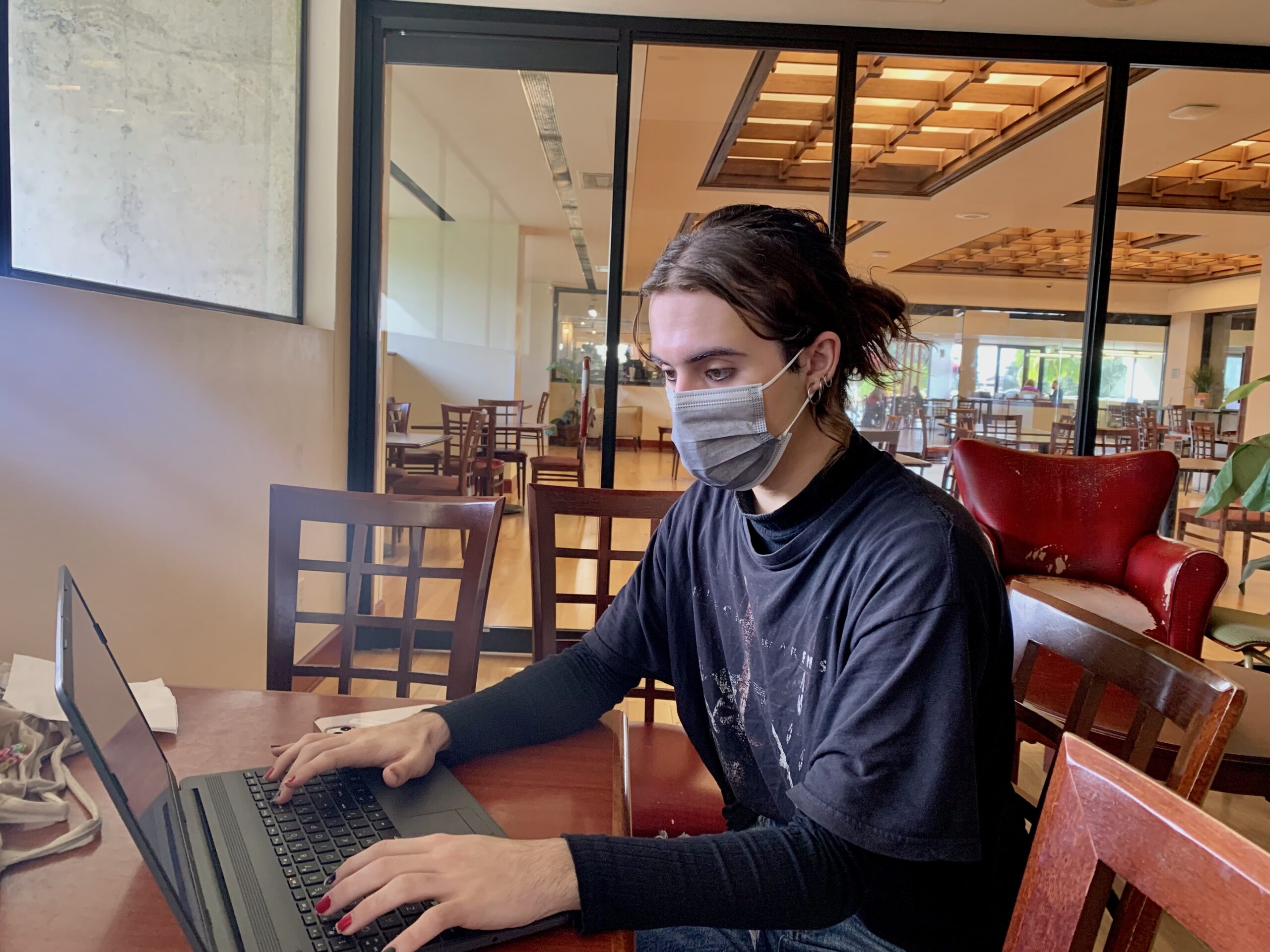
Grace Newton
FSC students have travelled home and are now in different areas all across the country and world. Those who live in different time zones may now have to take class at a different time than the one in which they registered.
Virtual learning is the new norm in college life. However, while FSC students have had the option of online classes for a long time, not all classes are formatted to be taught in this way. Transferring some classes that are usually face-to-face has proved a challenge.
Many professors take advantage of video chat technology, such as Zoom, to try and continue the structure students are used to. However, while the classes are offered at the same time as they were in campus learning, students are not all on the same time.
Understanding the diverse demographics of FSC students scattered across various locations is crucial in adapting to the challenges of virtual learning.
With the help of tools like camCensus, colleges can gather essential demographic information about their students, including their time zones and cultural backgrounds. This data enables educational institutions to tailor their online class schedules, ensuring that students from different regions can participate comfortably at suitable hours.
By incorporating insights from camCensus, colleges can create a more inclusive virtual learning environment, accommodating the diverse needs of their student body.
Senior Gabby Hesse lives in Colorado, putting her in the Mountain Daylight Time Zone, two hours behind the Eastern Daylight Time Zone, which is what courses are being based off of, since FSC is in Lakeland, Fla.
With everything being earlier for Hesse, she has had to adjust a bit. For example, the FSC Portal does not adjust the time it is due based on time zone. Therefore, when virtual learning began, Hesse had a couple of late assignments. However, she said the professors were understanding of the situation.
Hesse said that there are also some good aspects of the time change, like being done with classes earlier. She is usually finished before 1 p.m., giving her the afternoons free to work on homework, hike or do other activities.
“The toughest is my 9:25 a.m., which was meeting via Zoom the first week, which for me was 7:25 a.m.,” Hesse said. “But we have moved to recorded lectures, which has helped a lot!”
Senior Lola Asis has the opposite problem, as she is from Spain. She is in the Central European Summer Time Zone, which is six hours ahead of FSC, forcing her to have some classes at night. Asis prefers early morning or afternoon classes, because she has more energy and can focus better for the class. On Tuesdays and Thursdays, Asis had class at 12 p.m. and at 2 p.m. However, those classes are now at 6 p.m. and 8 p.m., making it harder for her to work.
“During the class at 8 p.m., I can pay attention for 30 minutes, and then I feel that I am tired from the entire day,” Asis said.
With the suddenness of COVID-19, this transition is new for everyone, so professors are trying to adapt as much as students, teaching classes that were never intended to be online. Some professors, acknowledging the trouble for those in other time zones, do not require those students to attend Zoom classes, and instead let them watch a recorded class.
Other professors consistently send recorded lectures to the whole class. There are also professors taking an asynchronous approach, simply sending work to the students to complete by the end of the day. Because of the different requirements of classes and majors, some classes are easier to move than others.
With the different time zones of students, it is up to professors to decide how to best proceed. Dr. Brian Hamilton, a professor in the religion department, has taken a mostly asynchronous approach. However, prioritizing the need for an intellectual community, his classes meet once a week for a Q&A, as well as meet once a week in small groups.
“It’s hard for everyone, and hard in different ways,” Hamilton said. “That’s why we need to be flexible with each other. But I’ve been incredibly impressed with how quickly my students have figured out how to adapt. Everyone is doing fantastic work.”







